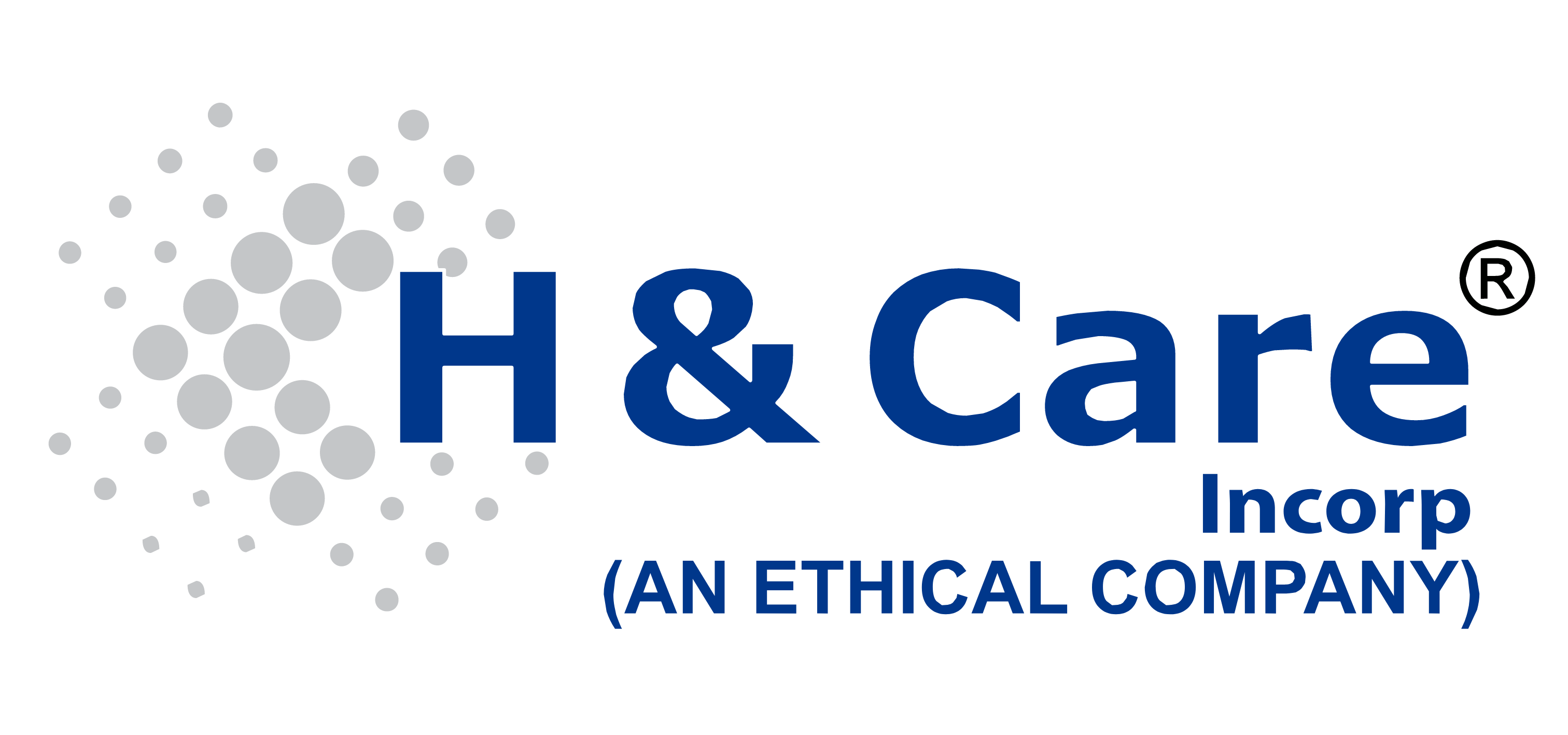- Best PCD Pharma Franchise Company
- +91 9216295095
- hcareindia@gmail.com
RDA Checklist to Meet Your Dietary Needs
Etodolac and Thiocolchicoside
Role of Location for a Profitable Pharma Franchise
RDA Checklist
The RDA checklist is for dietary planning and assessment. The Recommended Daily Allowance is a nutrient intake value for most individuals. It tells us about how much nutrient one should intake that protect against deficiency diseases and promote health. It’s important to note that the RDA is designed for healthy individuals; those with specific health conditions may require different nutritional needs. These values are determined by the Food and Nutrition Board of the Institute of Medicine and are based on extensive research into the health outcomes of various populations.
Below table is a RDA Checklist (Recommended Dietary Allowances) of essential nutrients for adult men and women. Values are based on general recommendations for adults aged 19-50 years. Individual needs differs on age, pregnancy, lactation and other factors.
This table has essential vitamins, minerals and macronutrients. Here are few points to note:
- The values are generally for adults aged 19-50 years.
- Some nutrients have different recommendations for men and women, such as iron, which is higher for women due to menstrual losses.
- The table includes units of measurement and any relevant abbreviations (like RAE, NE, DFE) for clarity.
- Protein recommendations are given per kilogram of body weight.
- These are general recommendations and individual needs can differ.
RDA Checklist (Recommended Dietary Allowances) | |||
Nutrient | Unit | For Men | For Women |
Vitamin A | mcg RAE | 900 | 700 |
Vitamin C | mg | 90 | 75 |
Vitamin D | mcg | 15 | 15 |
Vitamin E | mg | 15 | 15 |
Vitamin K | mcg | 120 | 90 |
Thiamin (B1) | mg | 1.2 | 1.1 |
Riboflavin (B2) | mg | 1.3 | 1.1 |
Niacin (B3) | mg NE | 16 | 14 |
Vitamin B6 | mg | 1.3 | 1.3 |
Folate (B9) | mcg DFE | 400 | 400 |
Vitamin B12 | mcg | 2.4 | 2.4 |
Pantothenic Acid | mg | 5 | 5 |
Biotin | mcg | 30 | 30 |
Choline | mg | 550 | 425 |
Calcium | mg | 1000 | 1000 |
Phosphorus | mg | 700 | 700 |
Magnesium | mg | 400-420 | 310-320 |
Iron | mg | 8 | 18 |
Zinc | mg | 11 | 8 |
Iodine | mcg | 150 | 150 |
Selenium | mcg | 55 | 55 |
Copper | mcg | 900 | 900 |
Manganese | mg | 2.3 | 1.8 |
Chromium | mcg | 35 | 25 |
Molybdenum | mcg | 45 | 45 |
Protein | g/Kg body weight | 0.8 | 28 |
Carbohydrates | g | 130 | 130 |
Fiber | g | 38 | 25 |
Note:
- RAE: Retinol Activity Equivalents
- NE: Niacin Equivalents
- DFE: Dietary Folate Equivalents
- Values for protein are given per kilogram of body weight
- Carbohydrate value is the minimum recommended intake
Remember that these are general recommendations. Individual needs may differ on age, physical activity level, health conditions, and for women, pregnancy or lactation status. Always consult a doctor or registered dietitian for personalized nutritional advice.
A common misconception is that the RDA represents the minimum amount needed to avoid deficiency. In reality, it is set at a level intended to cover the needs of nearly all individuals in a particular group, making it a complete nutritional adequacy.
